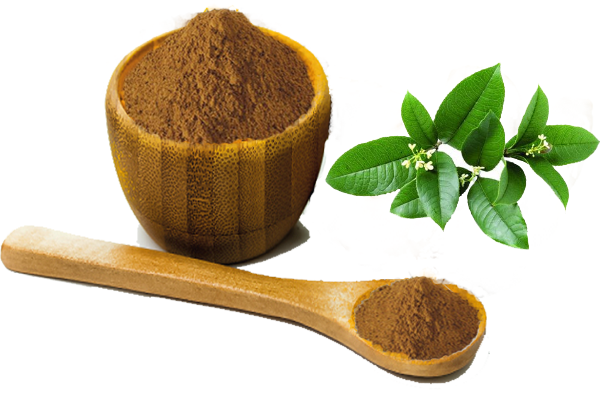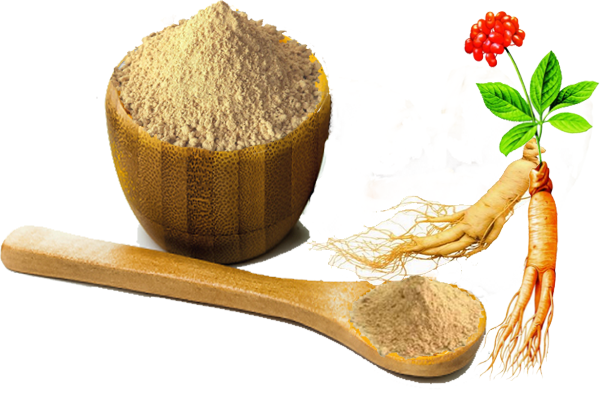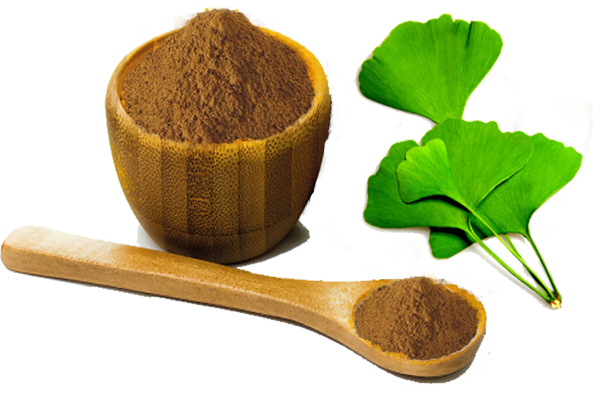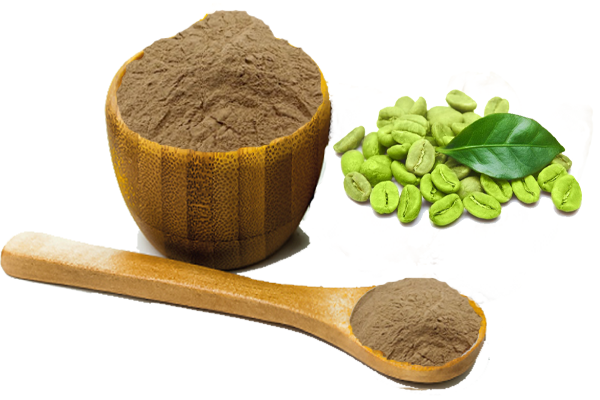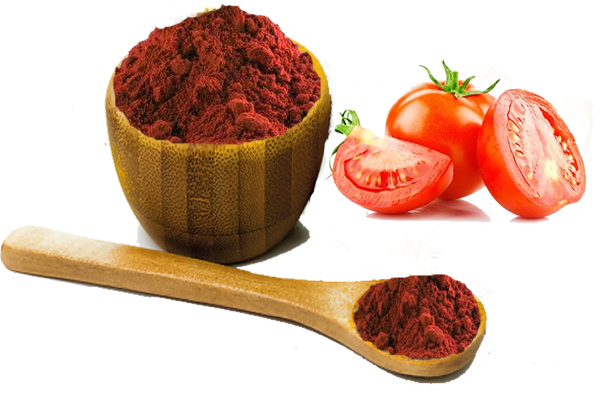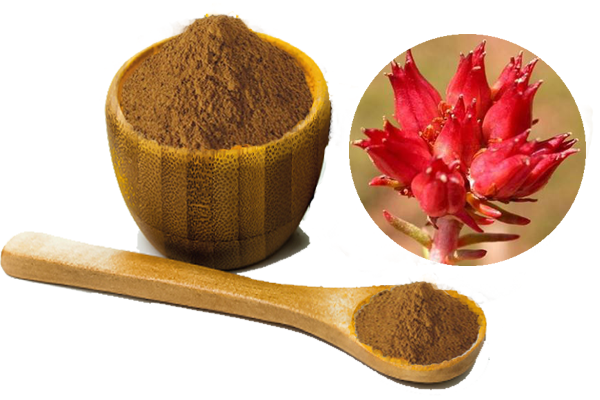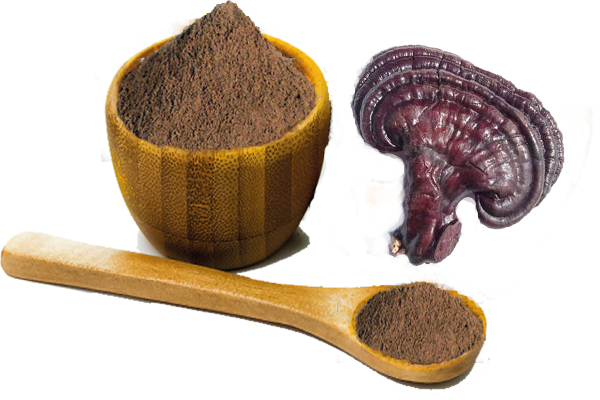
Green Tea Extract
MIGU supplied Green Tea Extract with Polyphenols 50%~ 98%, EGCG 50%, 90% for anti-oxidant and OEM service with analysis meets the EP, USP, JP, CP.....
Green Tea Extract Polyphenols 50%, 98% offered by MIGU –a 17 years experienced cGMP manufacturer
with warehosues in NJ & CA, USA.
Latin Name:Camellia sinensis (L.) O. Ktze.
Material Original:Si Chuan,China
Extracted Part: Leaves
Supported Purity:Polyphenols 50%~ 98%; EGCG50%~95%

green tea extract.png
The History of Green Tea
Green tea is made from Camellia sinensis leaves that have not undergone the same withering
and oxidation applied when processing Camellia sinensis into oolong tea and black tea .Green tea
originated in China, but its production has spread to many countries in Asia.
Green tea, however, is considered to have originated in China. It is said that even today the word
“tea” in China refers only to green tea, not to the general category of tea as it does in the
West. China’s Yunnan province is considered to be the original home of the Camellia sinensis plant
species. In fact, 260 of the world’s 380+ varieties of tea can be found in Yunnan.One popular legend
suggests that Shennong, Emporor of China and supposed inventor of Chinese medicine, discovered
tea as a beverage around 2737 BC when fresh tea leaves from a nearby tea tree fell into his cup of
just boiled water.
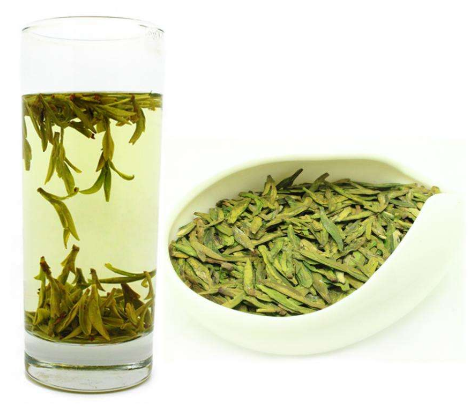
green tea extract.png
Others credit various Buddhists in the 500s BC and subsequent centuries for the discovery of tea.
Buddhists would travel between India and China spreading their religion, culture and ritual of tea.
Buddhist monks grew, harvested and produced tea much like their Catholic counterparts in European
monasteries did with grapes and wine. The monks’ habit of tea drinking for physical refreshment,
to aid meditation and as a substitute for alcohol developed into a spiritual and social practice that
spread across China.
How Green Tea Extract Actions in Pharmacological
Green tea contains various compounds such as polyphenols, tannin, theophylline, caffeine, vitamin C
and many other organic substances.In the ancient China, green tea was used for medicinal purposes,
to ease the feeling of depression and to treat headaches. Today this tea is popular around the world
because of its refreshing and healing properties.The most important active component in green tea
epigallocatechin-3-gallate (EGCG) is many times a more powerful antioxidant than vitamin C or
vitamin E.It contains caffeine, but the caffeine content of green tea is very low compared to other
sources of caffeine.
MIGU Providing Specification

specification of green tea extract.png
The benifits of Green Tea Extract
Green tea was used in traditional Chinese and Indian medicine to control bleeding and heal wounds, aid
digestion, improve heart and mental health and regulate body temperature.4 Recent studies have shown
green tea can potentially have positive effects on everything from weight loss to liver disorders,type 2
diabetes and alzheimer’s disease.
1.Cancer
Researchers believe that it is the high level of polyphenols in tea that help kill cancerous cells and stop
them from growing, however the exact mechanisms by which tea interacts with cancerous cells is unknown.
Other studies have shown a lack of preventative effects of tea on cancer. The amount of tea required for
cancer-preventive effects has also varied widely in studies
In 2005, the FDA stated that “there is no credible evidence to support qualified health claims for green tea
consumption and a reduced risk of gastric, lung, colon/rectal, esophageal, pancreatic, ovarian, and combined
cancers.”
2.Heart Disease
A 2006 study published in the Journal of the American Medical Association concluded that green tea
consumption is associated with reduced mortality due to all causes, including cardiovascular disease.
The study followed over 40,000 Japanese participants between the ages of 40 and 79 for 11 years, starting
in 1994.
The participants who drank at least 5 cups of green tea per day had a significantly lower risk of dying (especially
from cardiovascular disease) than those who drank less than one cup of tea per day.Green tea contains
catechins, polyphenolic compounds that are thought to exert numerous protective effects, particularly on the
cardiovascular system.

GAP planted base for green tea extract.png
3.Lower Cholesterol
An analysis of published studies in 2011 found that consuming green tea, either as a beverage or in capsule
form, was linked to significant but modest reductions in total and LDL or “bad” cholesterol.
Another study found that consuming of green tea extract per day can lower total cholesterol, however,
consuming 4 cups or less had no effect on cholesterol levels.
4.Stroke
According to a study published in the journal Stroke: Journal of the American Heart Association.5
The lead author of the study, Yoshihiro Kokubo, M.D., Ph.D., said, “This is the first large-scale study to examine
the combined effects of both green tea and coffee on stroke risks. You may make a small but positive lifestyle
change to help lower the risk of stroke by adding daily green tea to your diet.”
5.Type 2 Diabetes
Studies concerning the relationship between green tea and diabetes have been inconsistent. Some have shown
a lower risk of developing type 2 diabetes for green tea drinkers than for those who consumed no tea, while other
studies have found no association between tea consumption and diabetes at all.
6.Weight Loss
Green tea may promote a small, non-significant weight loss in overweight and obese adults; however, since the
weight lost in the studies were so minimal, it is unlikely that green tea is clinically important for weight loss.
Other studies have found that green tea is helpful in preventing dental cavities, stress, chronic fatigue treating
skin conditions and improving arthritis by reducing inflammation.
7.Inflammatory Skin Diseases
A 2007 study concluded that green tea could hold promise as a new treatment for skin disorders such as psoriasis
and dandruff. Researchers studied an animal model for inflammatory skin diseases, often characterized by patches
of dry, red, flaky skin caused by the inflammation and overproduction of skin cells. Those treated with green tea
showed slower growth of skin cells and the presence of a gene that regulates the cells’ life cycles.
8.Working Memory
Research published in the journal Psychopharmacology in 2014 suggests that green tea can enhance our brain’s
cognitive functions particularly the working memory.
The research team said their findings suggest that green tea could be promising in the treatment of cognitive
impairments associated with neuropsychiatric disorders, such as dementia .More Scientific research and development , please check here

